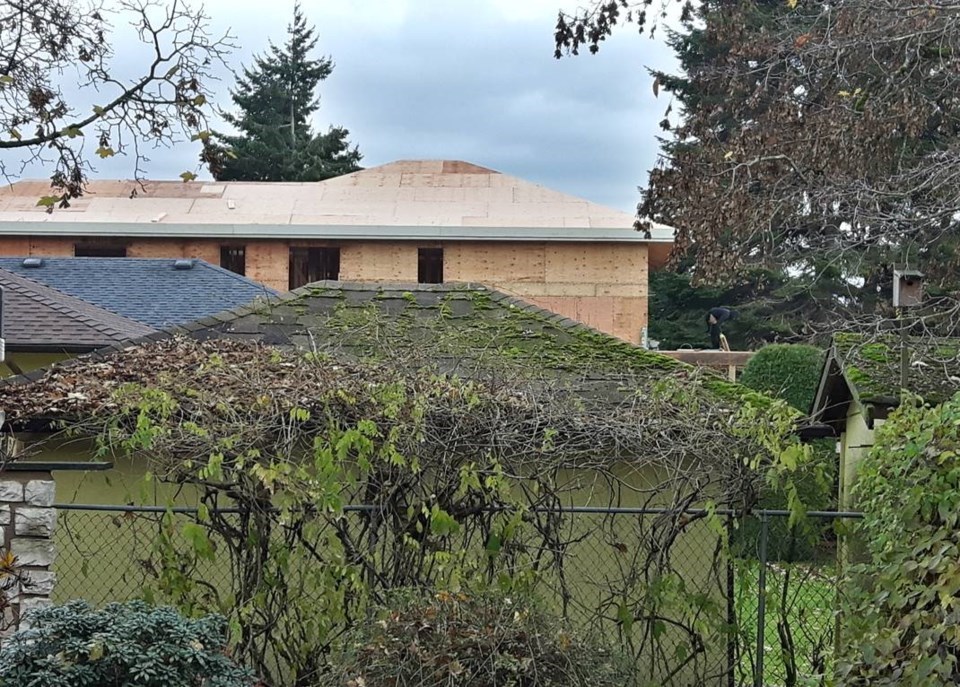Dear Editor,
I have seen two letters to the editor over the past two weeks, taking issue with the construction of large houses in established neighbourhoods.
The demolition of houses in Richmond’s neighbourhoods, and the subsequent construction of “mini-mansions” is not a result of “developer greed,” or an “uncaring city council.” It is, in fact, the result of homeowners in the late-1970s being overly concerned about “neighbourhood change.”
Back then, there was a recognition that the very low density of Richmond’s single-family neighbourhoods could hinder housing affordability. Perhaps it would be better to subdivide these large lots and build two houses instead.
As the first of these projects took place, many residents claimed “the subdivision of these lots is changing the character of my neighbourhood,” and convinced the council of the day to restrict subdivisions in many of our neighbourhoods, and thus was born the 702 Lot Size Policy.
Since the creation of two smaller lots became illegal (or at the least, extremely challenging), when many of these houses were sold to people who wished to construct new houses, they (naturally) opted to build the largest house allowed under the zoning. So, instead of bungalows and split-levels of 1,800 — 2,200 square feet, these neighbourhoods saw new houses of 4,300 square feet or more. Only in select areas was subdivision to 33-foot lots permitted.
So, today, we see the result of the 702 Lot Size Policy — mini-mansions in the Monds, the Mores, Broadmoor and many other neighbourhoods. Rather than preventing neighbourhood change, the policy has created a different type of change.
Instead of allowing smaller, more affordable housing, 702 has encouraged unaffordable mini-mansions.
If one wishes to see what could have happened to those neighbourhoods had 702 never been enacted, take a look at the Steveston grid, where the vast majority of re-development has taken the form of 2,150-square-foot houses on subdivided 33-foot lots.
By employing “gentle densification” of these neighbourhoods, there are more affordable housing options. Create more options for first-time home buyers, renters, young families and downsizers to live in these great neighbourhoods.
The city’s recent move to encourage more townhouses on the arterial roads is a good step towards improving housing affordability in Richmond, but it is unfortunate that the vast tracts of land between the arterial roads have been left largely untouched.
Mark Sakai
RICHMOND



